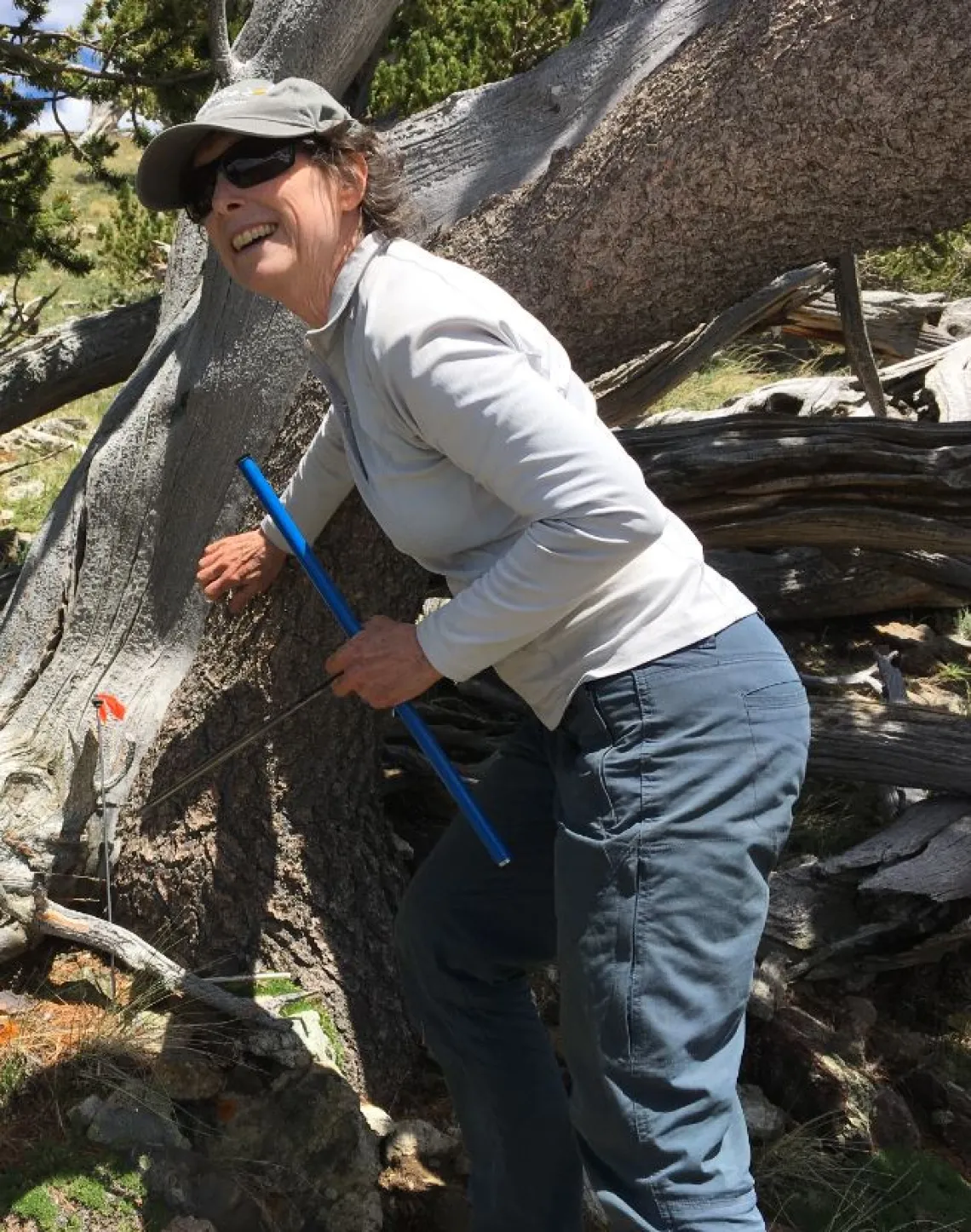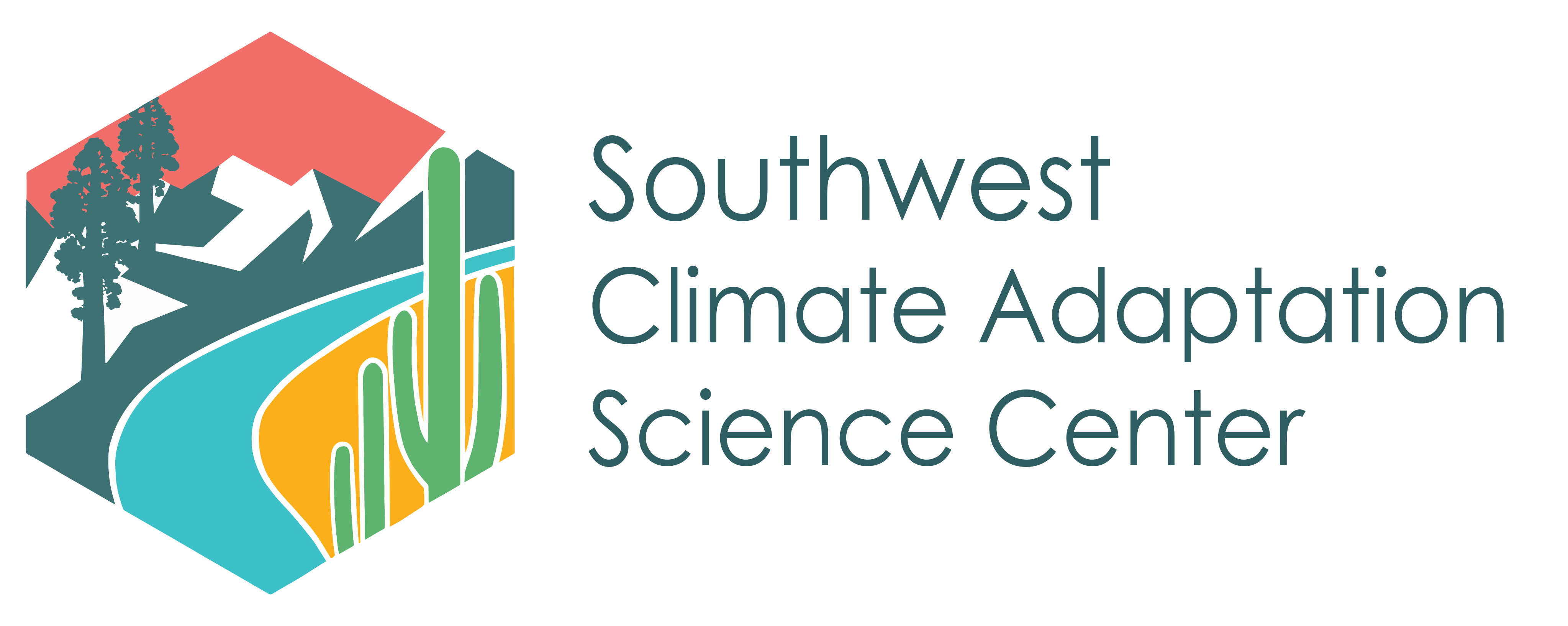Dr. Connie Woodhouse Appointed as University of Arizona Regents Professor

Photo credit: Will Tintor (University of Arizona)
Dr. Connie Woodhouse, Professor in the School of Geography and Development at the University of Arizona, has recently been appointed as Regents Professor. Dr. Woodhouse is internationally known for her research using tree rings to better understand past changes in streamflow, particularly in the Colorado River Basin. The SW CASC has funded two projects by Dr. Woodhouse (2014 project; 2017 project), where her work exemplifies the mission of the SW CASC—outstanding science addressing urgent societal concerns, in close collaboration with decision-makers, and yielding real-world outcomes in water management.
I spoke with Dr. Woodhouse about her scientific journey, and her feelings about receiving this honor. Dr. Woodhouse showed humility in her initial reaction to this recognition, and actually didn’t believe the email when she first read it. It was an email from the President of the University, which she initially shrugged off as routine communication with university staff. Then she read it and thought this can’t be right. It took a while, but she now “owns it,” as she says, and sees that it wasn’t a fluke—that she has made an impact, people recognize it, and that’s a nice feeling.
Dr. Woodhouse began her journey into the field of tree-ring research as a baker. Yes, you read that correctly. She had been out of undergraduate school for about six years, and had been working as a baker in Salt Lake City, UT. She was getting bored, and decided to take some classes at the University of Utah. One of those classes was a climate class, and she asked the instructor if he had any projects over the summer. He gave her an increment borer (a tool used to core trees) and said she could go core some trees. It was just supposed to be a summer project, but he suggested she pursue a graduate degree in Geography, and the rest, as they say, is history.
After all these years, the thing that still stirs Dr. Woodhouse’s scientific passion is having a question, and then putting together the story suggested by the data. For example, right now she is working on a project in the Lower Colorado River Basin, connecting the hydrology with climate, and she’s curious about something the numbers are showing—that the cool-season precipitation seems to be inversely related to the summer monsoon precipitation. This doesn’t happen all the time, but it happens enough of the time to merit a good explanation. She hasn’t had time to really dig into the data analysis yet, but she’s pretty excited to learn the story from the instrumental and tree-ring data.
Most of Dr. Woodhouse’s projects over the years have involved working with water resource managers in one way or another. She has most recently worked with managers in the Bureau of Reclamation and a group of researchers and managers with interests in the Upper Colorado River Basin (UCRB), including Denver Water, Southern Nevada Water Authority, and the Colorado River Water Conservation District. The project that stands out to her as particularly enjoyable was her 2014 project funded by the SW CASC. In this project, she and colleagues examined records of streamflow, temperature, soil moisture, and precipitation in the UCRB for the past 100 years, to see how the influence of climate, and temperature in particular, has changed during times of drought. They then analyzed tree-ring reconstructions over the past 400 years to see if they could detect a changing influence of temperature on streamflow drought. This provided water managers with an understanding of the impact of temperature on recent drought conditions in a long-term context. She hadn’t worked with folks in the UCRB in a while, and this project provided her with an opportunity to revitalize their collaboration. She wrote the proposal based on their previously expressed interest in how warming temperatures are influencing streamflow. As they progressed through the project, which included some lively workshop discussions, the project team learned new concepts of interest to the managers, such as the importance of runoff efficiency (the ratio of water-year runoff to water-year precipitation). Really, everyone learned together throughout the course of the project, and it was interesting scientifically, but most important was the shared learning—the managers were raising new concepts, and the scientists were reflecting back new insights from the research.
Over the course of her career, Dr. Woodhouse’s research has clearly informed the water management community. She has seen this most recently in research which shows that temperature, not just precipitation, affects Colorado River Basin streamflow to a great degree. Her research, along with the research of other scientists, demonstrates this effect, and she sees recognition of these effects taking hold in the resource management community. She recounted that the Southern Nevada Water Authority recently held a conference for water managers, and invited some scientists to talk about the effects of increasing temperature on water supplies, because they now recognize the importance of warming temperature on operations, even if precipitation doesn’t change. Dr. Woodhouse likes to think that she had something to do with raising this awareness. As a researcher, it can often be difficult to recognize if you’ve made an impact, as you seldom get a direct indication that your research has in fact changed decision-making assumptions. Clearly, Dr. Woodhouse’s research has made an impact, and we at the SW CASC congratulate her on her well-deserved recognition!

